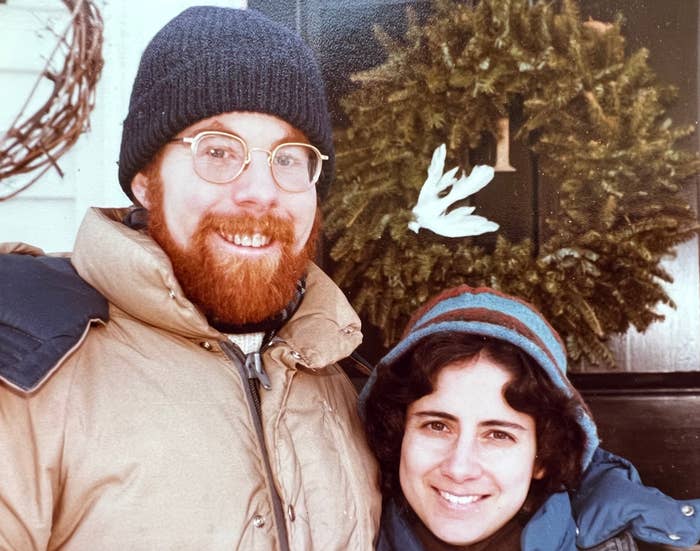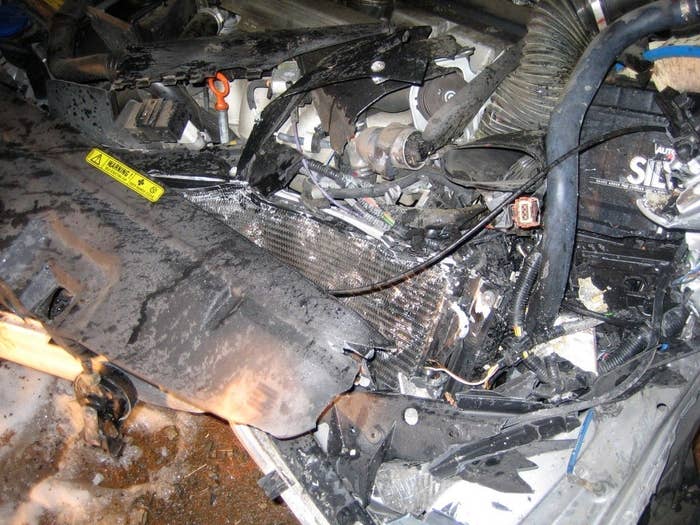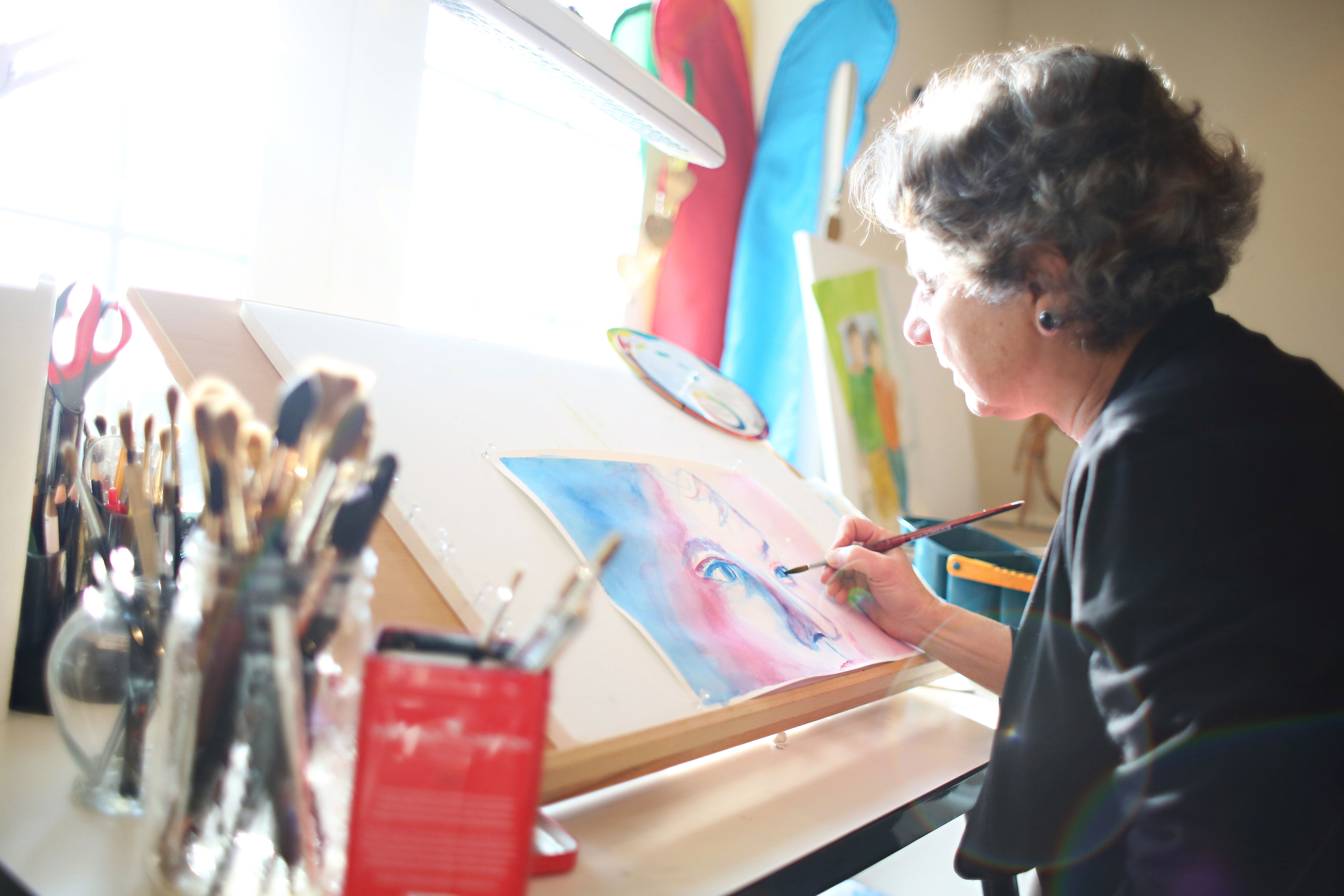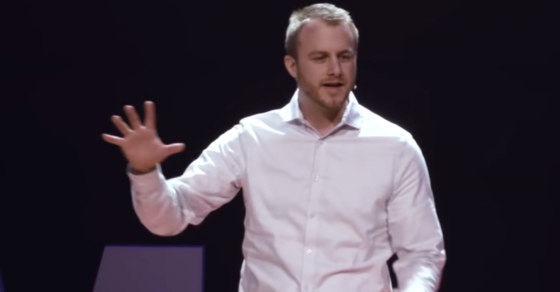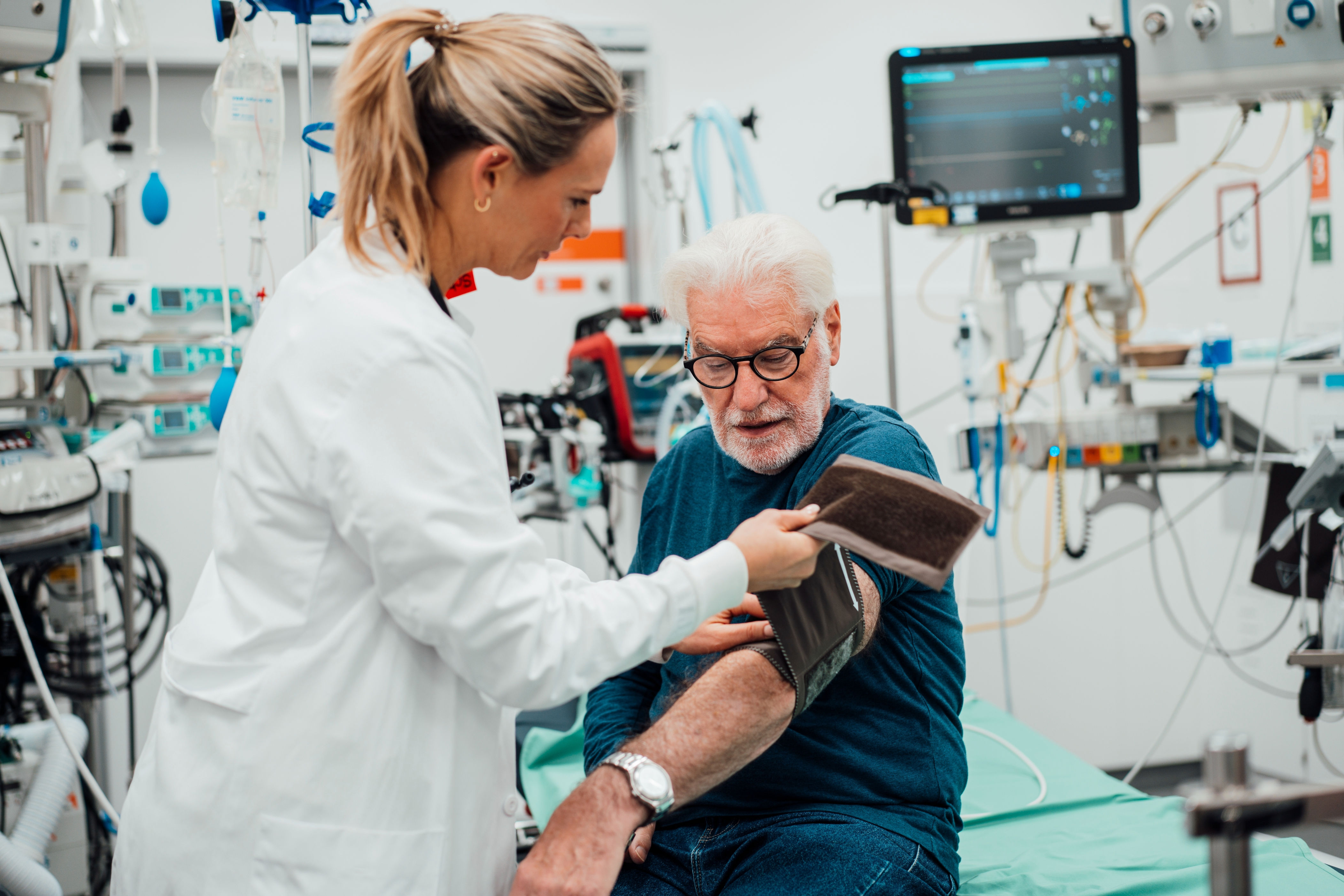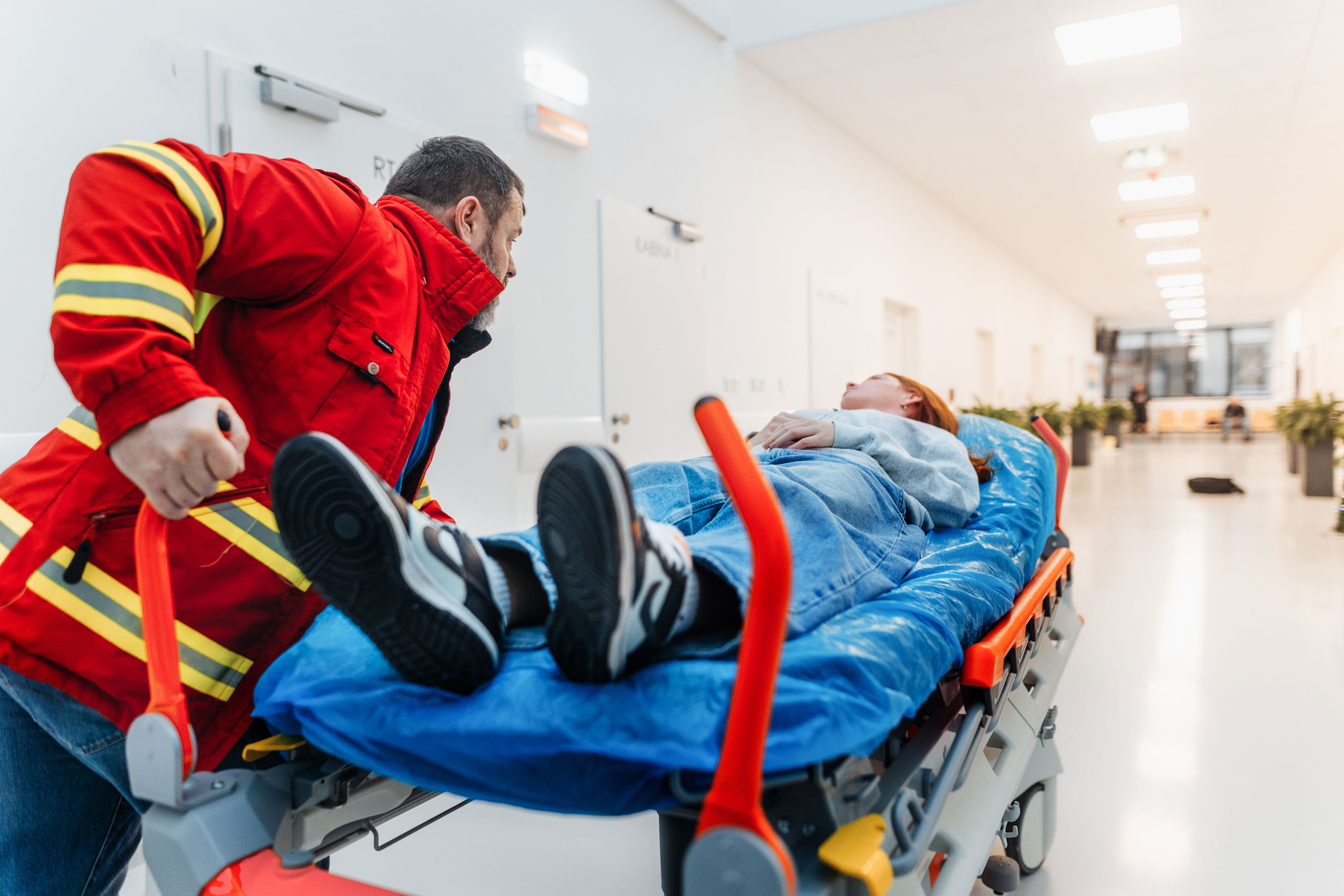Global Burden of Disease: Mortality Falls, Youth Deaths and Inequities Rise
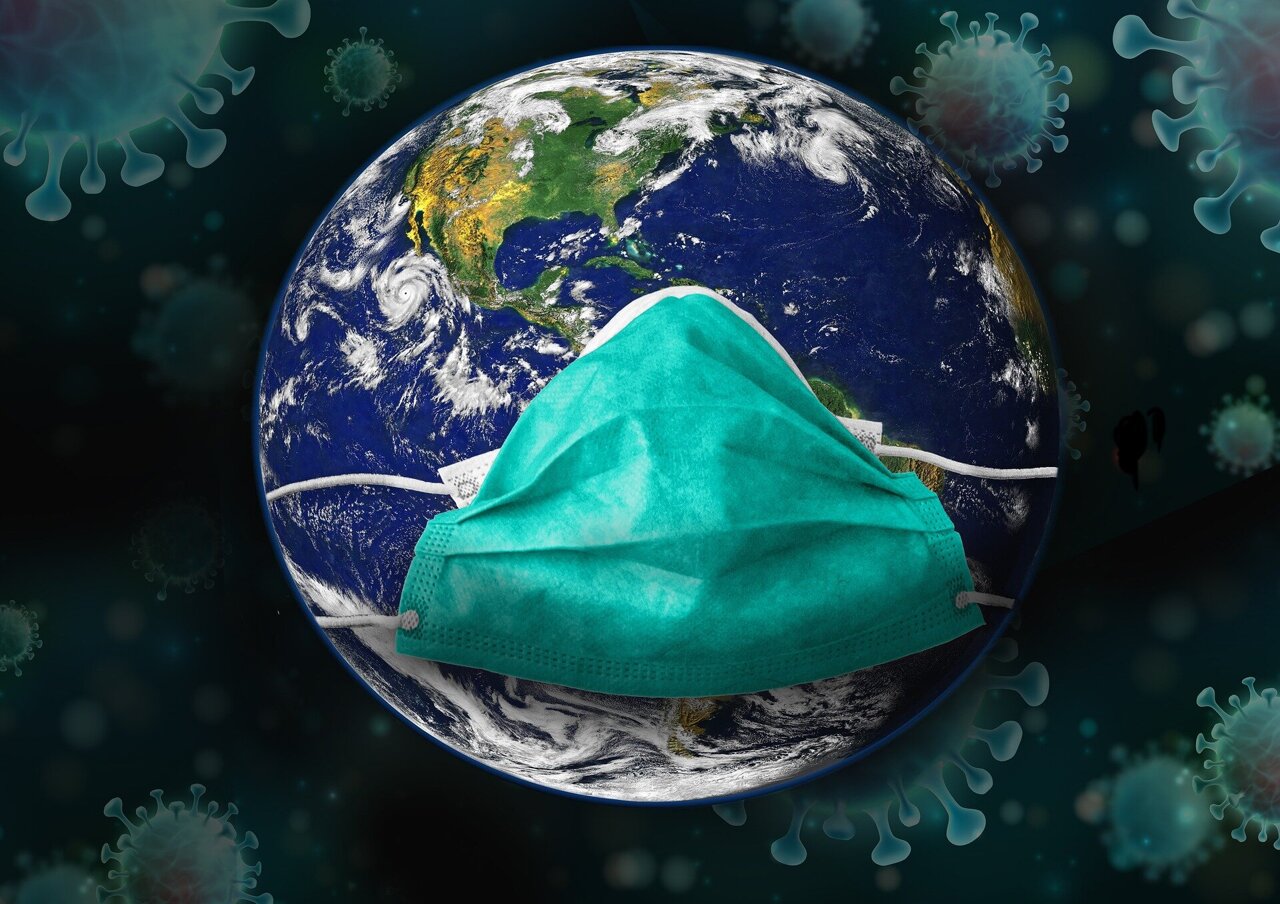
Global Mortality Rates and the Challenges of Youth Health
According to the latest Global Burden of Disease (GBD) study published in The Lancet and presented at the World Health Summit in Berlin, global mortality rates are decreasing overall. However, this decline is not observed among youths and young adults. The research highlights a concerning trend that requires immediate attention from health care leaders and policymakers.
Noncommunicable diseases (NCDs) now account for nearly two-thirds of the world's total mortality and morbidity, with ischemic heart disease, stroke, and diabetes being the leading causes. Researchers suggest that nearly half of all death and disability could be prevented by addressing key risk factors such as high levels of blood sugar and high body mass index (BMI).
Dr. Christopher Murray, Director of the Institute for Health Metrics and Evaluation (IHME) at the University of Washington School of Medicine, emphasized the significance of these findings. "The rapid growth in the world's aging population and evolving risk factors have ushered in a new era of global health challenges," he said. "The evidence presented in the Global Burden of Disease study is a wake-up call, urging government and health care leaders to respond swiftly and strategically to the disturbing trends that are reshaping public health needs."
Comprehensive Data Collection and Analysis
Dr. Murray's team at IHME and its GBD Collaborator Network of 16,500 scientists and researchers collected and analyzed data to produce estimates for 375 diseases and injuries and 88 risk factors by age and sex globally, regionally, and nationally for 204 countries and territories and 660 subnational locations from 1990 to 2023. This makes the GBD the most comprehensive research quantifying health loss.
Over 310,000 total data sources were used for the latest iteration, with 30% of them being new to this year's study. The research includes 1,211 location-years of provisional all-age vital registration data, which had not previously been used, and which provide more timely information.
Demographic Analysis: Declines in Mortality and Rising Youth Deaths
Despite population growth and aging, the 2023 global age-standardized mortality rate has declined 67% since 1950, and all countries and territories marked declines. Global life expectancy returned to pre-pandemic levels at 76.3 years for females and 71.5 years for males, which is more than 20 years higher compared to 1950. Despite this progress, stark geographic differences remain, with life expectancy ranging from as high as 83 years in high-income regions to as low as 62 years in sub-Saharan Africa.
Among adolescents and young adults, the largest increase in deaths was registered among those aged 20 to 39 in high-income North America from 2011 to 2023, mainly due to suicide, drug overdose, and high quantities of alcohol. During the same period, deaths in the 5–19-year age group increased in Eastern Europe, high-income North America, and the Caribbean.
Over the entire study period, the number of infant deaths declined more than for any other age group. From 2011 to 2023, East Asia recorded the largest decrease of 68% in the mortality rate for the under-5 age group due to better nutrition, vaccines, and stronger health systems.
Causes of Death: Shift from Infectious to Noncommunicable Diseases
Causes of death are shifting from infectious to noncommunicable diseases (NCDs), creating new global health challenges, particularly for low-income countries. After standing as the leading cause of death in 2021, COVID-19 plunged to 20th place in 2023, putting ischemic heart disease and stroke back at the top, followed by chronic obstructive pulmonary disease, lower respiratory infections, and neonatal disorders.
Since 1990, mortality rates for ischemic heart disease and stroke have declined, and so have diarrheal diseases, tuberculosis, stomach cancer, and measles. Conversely, during the same period, the death rate increased for diabetes, chronic kidney disease, Alzheimer's disease, and HIV/AIDS.
While the global mean age at death increased from 46.4 in 1990 to 62.9 years in 2023, geographic inequities were profound. The highest mean age of death was recorded in the high-income super-region, with females reaching 80.5 years and males at 74.4 years. The lowest mean age of death was in sub-Saharan Africa, with females at 37.1 years and males at 34.8 years.
Burden of Diseases, Injuries, and Risk Factors
Noncommunicable diseases (NCDs) accounted for nearly two-thirds of the world's total death and disability. The top three causes were ischemic heart disease, stroke, and diabetes. Low-income regions also saw a sharp rise in NCDs, further constraining nations with limited resources.
From 1990 to 2023, the age-standardized rate of disability-adjusted life years (DALYs) fell 36%. This measures the total years of healthy life lost by examining the years lost from premature death and years lived with disability. From 2010 to 2023, DALY rates for communicable, maternal, neonatal, and nutritional (CMNN) diseases fell by almost 26%. This was led by rates for diarrheal diseases being cut in half, a 43% decrease in rates for HIV/AIDS, and a 42% drop for tuberculosis.
Neonatal disorders and lower respiratory infections remain the top causes of CMNN diseases but have declined 17% and 25%, respectively.
Almost half of the global mortality and morbidity in 2023 was attributable to 88 modifiable risk factors. The 10 risk factors with the highest proportion of health loss were high systolic blood pressure, particulate matter pollution, smoking, high fasting plasma glucose, low birthweight and short gestation, high BMI, high LDL cholesterol, kidney dysfunction, child growth failure, and lead exposure.
Urgent Need for Policy Changes
The GBD 2023 study highlights the urgent need for policymakers to expand health priorities beyond reducing child mortality to include adolescents and young adults, particularly in areas with higher rates of mortality than previously known.
"Decades of work to close the gap in low-income regions with persistent health inequities are in danger of unraveling due to the recent cuts to international aid," said Emmanuela Gakidou, senior author and professor at IHME. "These countries rely on global health funding for life-saving primary care, medicine, and vaccines. Without it, the gap is sure to widen."
The GBD estimates are also available in various interactive data visualization tools, including GBD Compare and GBD Results.
